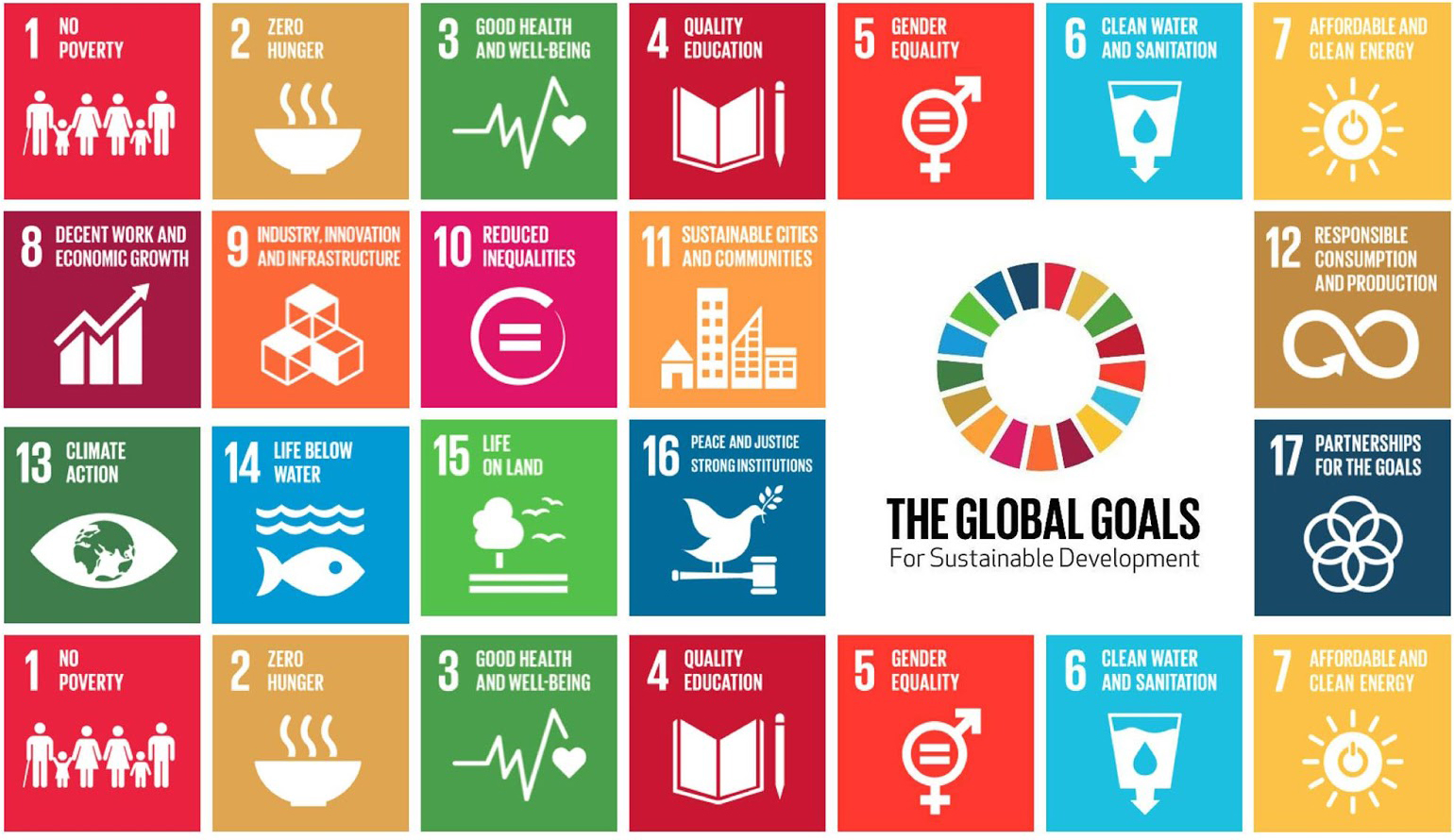By Professor Jeffrey Sachs, Chairman of the Advisory Board of CCSI, University Professor at Columbia University, and Director of the UN Sustainable Development Solutions Network
Think of land use as the most important bridge between the SDGs. Farm land is the key to the survival of millions of smallholder farmers. Land is the key to our food supply. Land rights determine social status, women’s empowerment, and the survival or destruction of cultures, especially of indigenous peoples. Carbon stored on the land will make or break the efforts to stop climate change. Land use in mining will affect energy supplies and material inputs for production. And perhaps most dramatically, land use practices will determine the survival or extinction of millions of other species.
Directly or indirectly, therefore, land use is at the heart of poverty eradication, food security, gender equality, water management, decent work, sustainable cities, ending climate change, and protecting biodiversity.
So, what are the principles that should guide land use? At a general level, the answers should be efficiency, equity (or justice), and sustainability. But how to achieve these broad objectives? The truth is that land use policy more often than not reflects tradition, power structures, short-term politics, greed, corruption, and choices based on insufficient data and reasoning.
The UN Sustainable Development Solutions Network (SDSN) is embarking on a new study we call FABLE, for Food, Agriculture, Biodiversity, Land Use, and Energy. It is premised on the idea that agronomists (who focus on food production), foresters (who focus on forest management), conservationists (who focus on land reserves and biodiversity preservation), hydrologists (who focus on water uses and the hydrologic cycle), and climate scientists (who focus on biological carbon storage) need to interact much more with each other and with the communities whose lives they impact.
SDSN looks forward to a close collaboration with many institutions, including the International Institute of Applied Systems Analysis (IIASA), which will host the project; the Columbia Center on Sustainable Investment (CCSI), which specializes in the legal and policy dimensions of land investments and land rights; the International Union for Conservation of Nature (IUCN), with its focus on biodiversity conservation; the EAT Forum, an interdisciplinary network focused on the interface of nutrition, land use, and human health; and many other partners. The project will also bring together many national interdisciplinary scientific teams to explore possible national land use policy choices.
As we continue to experience further global warming and other environmental stresses, together with the continuing growth of the global population, the pressures on land use and the conflicts across social groups, economic interests, and competing priorities are bound to put land-use policies and politics at the very center of our debates.
I write this blog as Houston, Texas is being deluged by Hurricane Harvey, with massive losses of lives and property, with perhaps $50 billion or more in flood damages. Here are stark realities of land-use choices directly in our urgent line of sight. One of America’s largest cities has been struck by global warming, lack of proper zoning, insufficient attention to land use planning, rising threats from a warming planet now tragically realized, and the politics of the oil industry, much of which is headquartered in Houston. In short, we are witnessing the life-and-death politics of land use choices.
With eyes open, we can and must learn about such land use choices and best practices across the globe. In every country and region, the law, culture, traditions, politics, power, and technologies of land use will be at the heart of efforts to achieve the SDGs.

